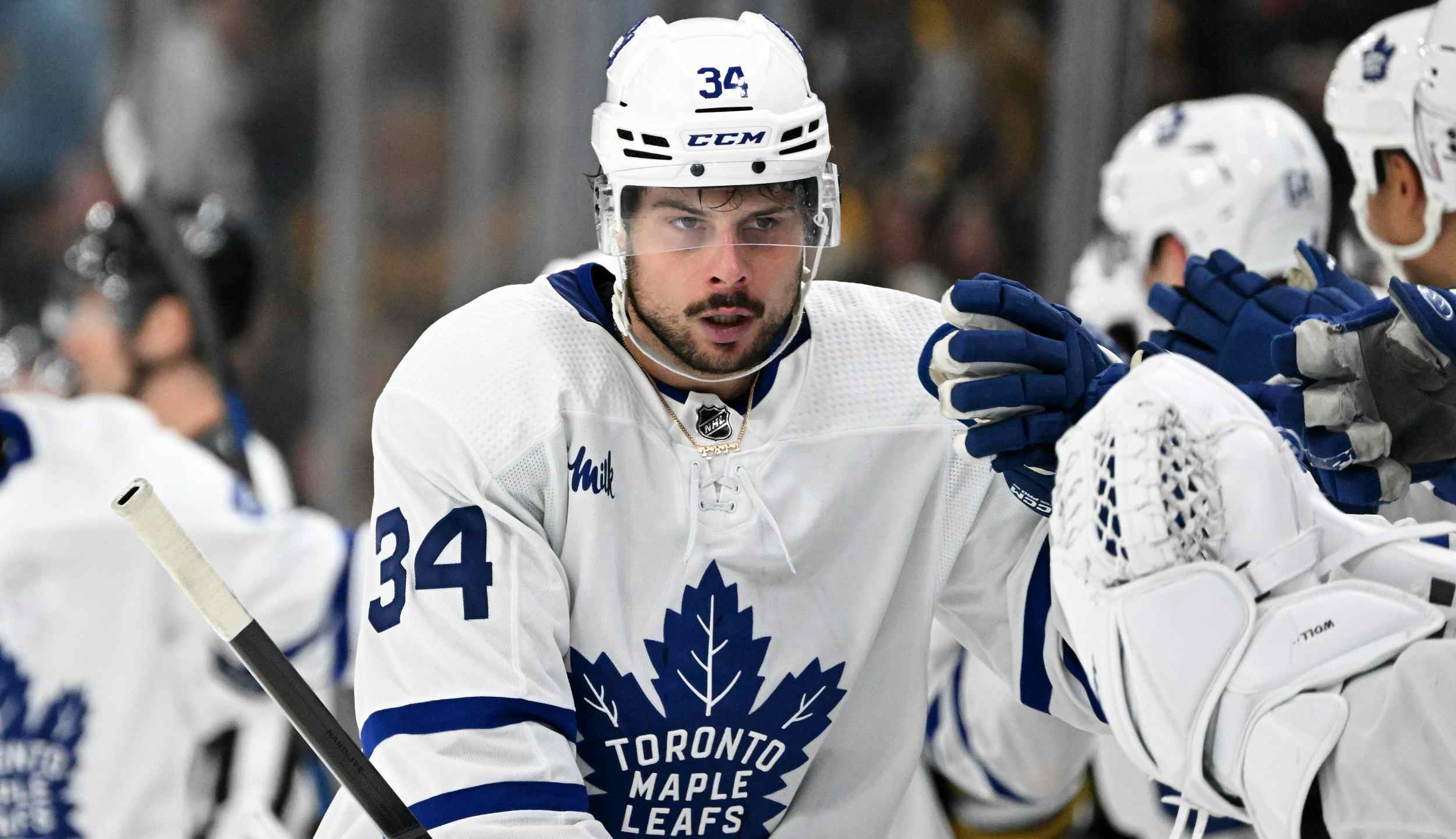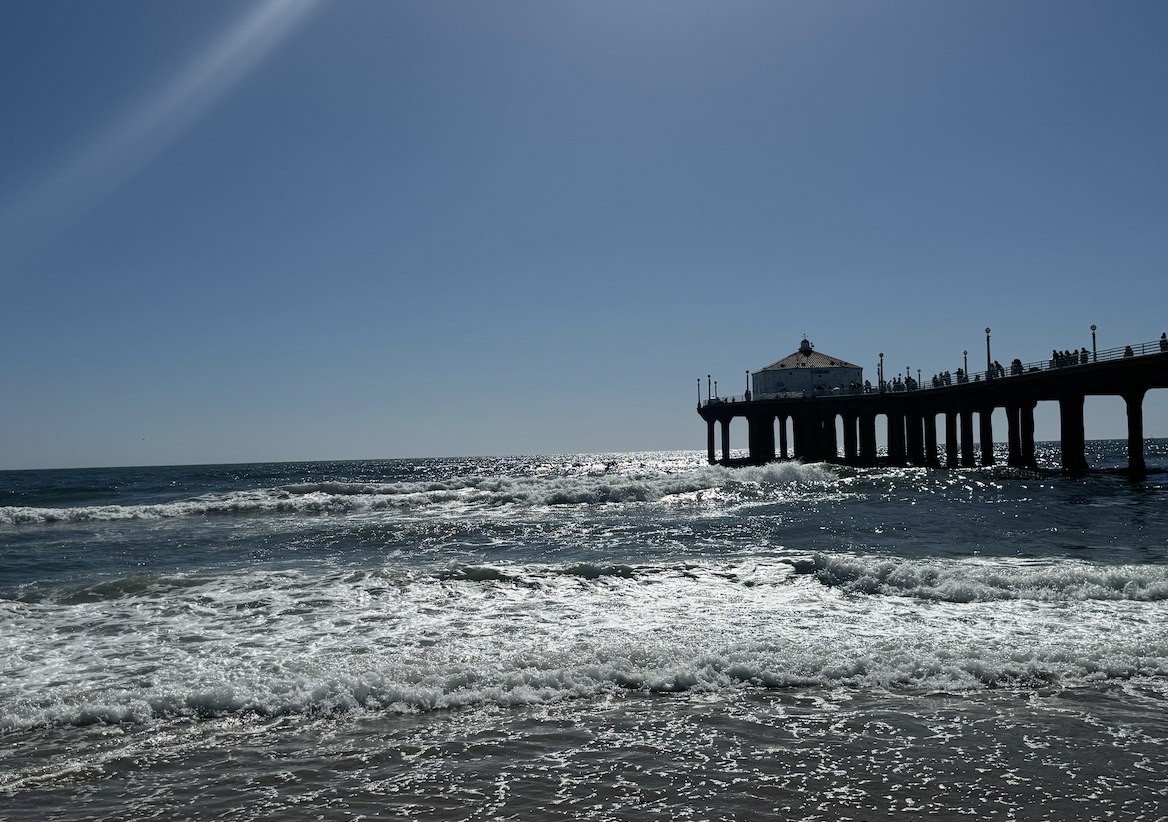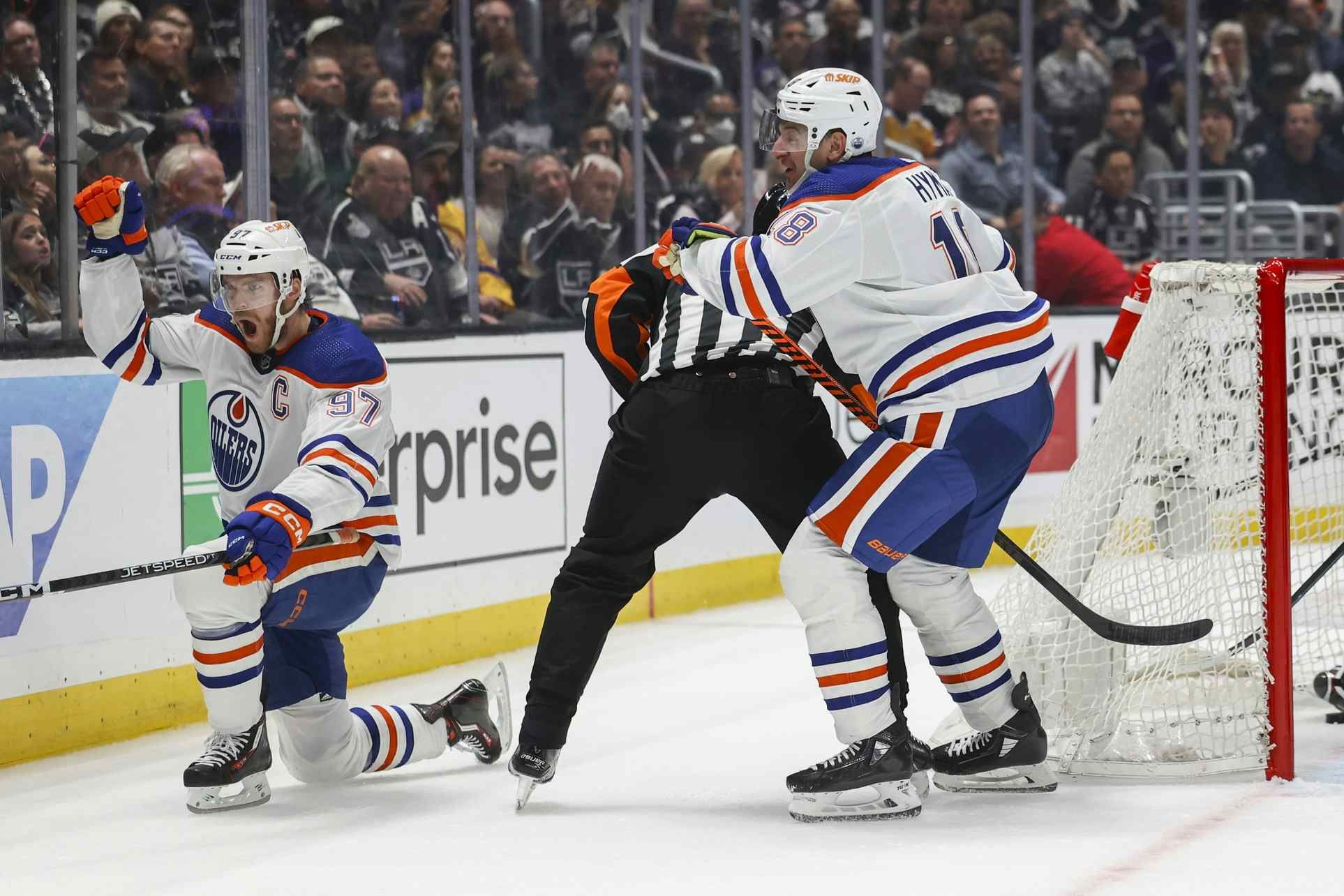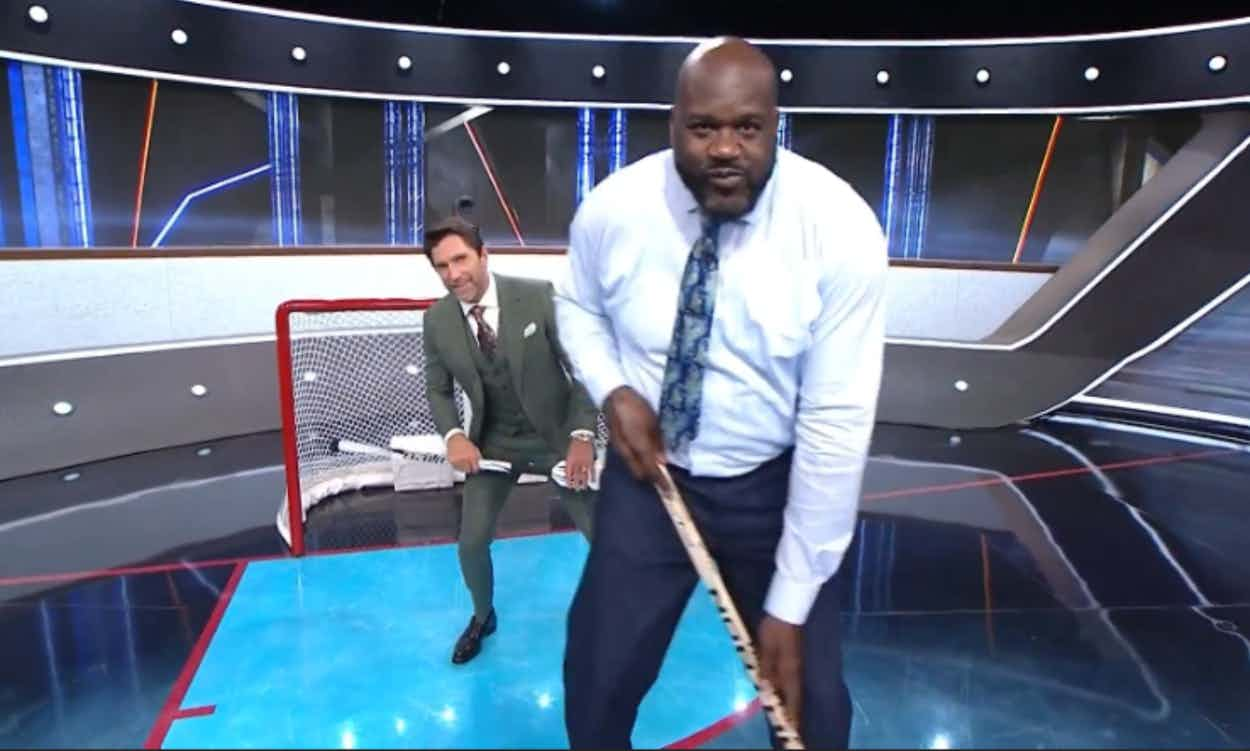Countdown to the season: Question 6 on Puljujarvi
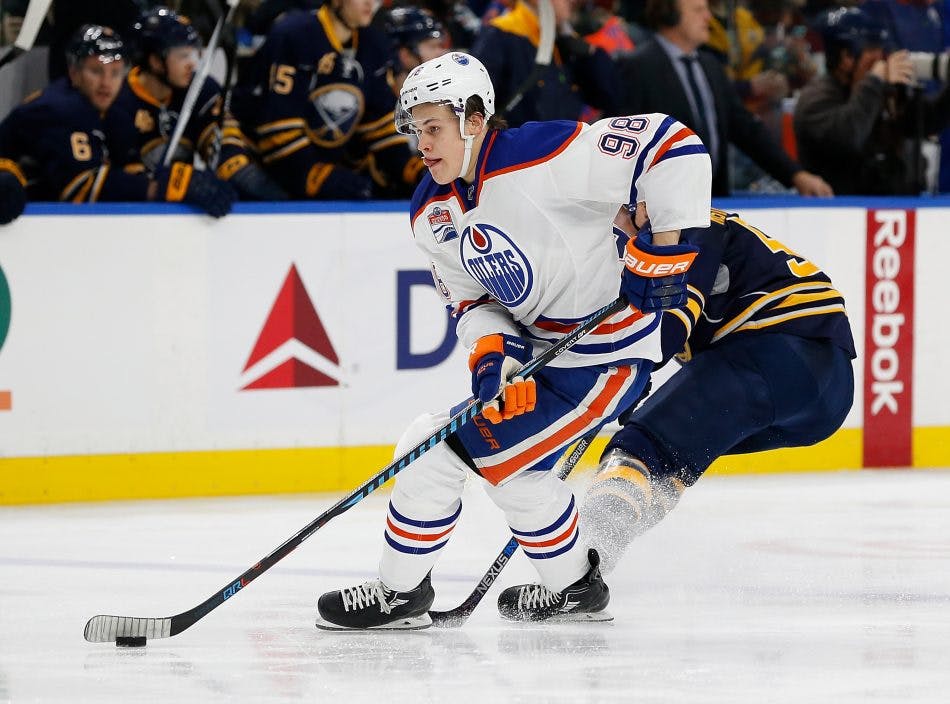
By Jason Gregor
6 years agoJesse Puljujarvi turned 19 in May, after a challenging rookie season in North America. He had to adjust to a smaller ice surface, different style of play and culture shock, and had to do it against the best players in the world.
That is asking a lot of any player, and while Puljujarvi didn’t have the personal success he would have liked, he learned a lot. Unlike many top draft picks, Puljujarvi will come to his second training camp without lofty expectations of needing to be an immediate impact player. It would be fantastic for the Edmonton Oilers if he produces a lot this season, but they don’t need him to be a dominant player right away. They have the reigning scoring leader and league MVP in Connor McDavid. His presence makes everyone’s job a bit easier.
What type of player Puljujarvi will be at the NHL level is a wonderful conversation, because of the vast difference of opinions.
How good can Puljujarvi be in the NHL?
I wish I knew. I don’t have the answer. I have an opinion, which I will get to later, but the big, young Finn is a unique case study.
Very few players enter the NHL at 18. Many recent top picks who play four months after being drafted had a late birthday and were in their 19-year-old season, and even fewer players enter at 18 with no experience playing in the CHL, or on the smaller ice surface.
Patrik Laine did that last season and he tore up the league, scoring 36-28-64 in 73 games.
David Pastrnak was drafted 25th overall in 2014 and played in the AHL/NHL at 18. He started the season in the AHL, playing 17 games, was recalled for five NHL games between November 24th to December 4th, returned to the AHL for another eight games, and then played another 41 in the NHL.
Pastrnak produced 11-17-28 in 25 AHL games and 10-17-27 in 46 NHL games. The Bruins let him gain his offensive confidence in the AHL, then recalled him to the NHL and he produced some solid numbers for a rookie.
Over the last decade, those are the only other Europeans to play in the NHL in their 18-year-old season.
It would be unfair to say Puljujarvi is a disappointment because of his rookie season, and with very few comparable players it is extremely difficult to make any sort of accurate projection on what type of NHL player he’ll become.
I think Laine is a very special player, a legitimate goal scorer, who could very likely score 50 goals in the near future.
Pastrnak produced 15-11-26 in 51 games in his second season before exploding for 34-36-70 last season with the Bruins. None of us would have expected Pastrnak to go from 26 points in 51 games to 70 points in 75 the following season.
Puljujarvi is also unique. He is huge, standing 6’4″ and already weighing 210 pounds. He skates very well for a big man, is responsible defensively for a young player and has a good shot.
I didn’t think he was NHL ready last year. I would have started him in the AHL, however, playing 28 NHL games won’t ruin his long-term development. I just felt it didn’t put him in the best position to succeed early on. The NHL is freaking hard, and I’d rather have seen him start in the AHL, gain some confidence and then get recalled. The Oilers wanted him to get more comfortable off the ice. I understand that, but I still would have started him in Bakersfield.
When he finally was sent down he’d lost his confidence. He wasn’t playing very much, and for any player, especially a young player, if they don’t have confidence their chance of success is very low.
He played decent in the AHL, and received mixed reviews from head coach Gerry Fleming. Fleming discussed Puljujarvi’s need to get his shot off quicker. The smaller ice surface means defenders are on you quicker, so being in the right position to shoot quickly is important. Fleming liked the youngster’s on-ice awareness, and said it would just take some time for him to adapt to the quicker, more aggressive style in North America. Teams attack more here than in Finland, and it takes some players more time to adjust.
Last season was a learning experience for Puljujarvi and I’m curious to see how much he has improved.
THIS YEAR

Dec 8, 2016; Philadelphia, PA, USA; Philadelphia Flyers right wing Wayne Simmonds (17) stands in between Edmonton Oilers right wing Jesse Puljujarvi (98) and goalie Jonas Gustavsson (50) during the second period at Wells Fargo Center. The Flyers defeated the Oilers, 6-5. Mandatory Credit: Eric Hartline-USA TODAY Sports
Which leads us to this season.
I’m sure Puljujarvi will have high expectations for himself. The Oilers will undoubtedly want him to play in Edmonton this year, but they don’t need to gift wrap him minutes. He will compete with the likes of Ryan Strome, Anton Slepyshev, Drake Caggiula and Jussi Jokinen for potential icetime on the wing. Competition is great, and the Oilers finally have enough legitimate NHL players where head coach Todd McLellan doesn’t need to play a young player just because of where he was drafted.
Keep in mind, Leon Draisaitl started the 2015/2016 season in the AHL, after playing 37 games in Edmonton in 2014/2015, before being sent back to the WHL. Draisaitl played six AHL games, was recalled and produced 51 points in 72 games. A brief stint in the AHL did not destroy him. He didn’t pout or have animosity towards the organization. And Draisaitl was a year older than Puljujarvi is now when he began his second preseason with the Oilers.
I’m not suggesting Puljujarvi will become as productive as Draisaitl right away. I’d be a bit surprised if he is an elite offensive player. I think he could become a consistent 50-65 point player, but scoring in the 70s is elite in today’s NHL.
Puljujarvi has the luxury of not being looked at to save the franchise. Taylor Hall, Ryan Nugent-Hopkins, Draisaitl and McDavid faced that unrealistic pressure and none of them were able to improve the Oilers during their rookie season. You need numerous good players to have a winning team, and the Oilers finally have a solid roster. Puljujarvi can skate into camp and focus on being better than last season. He will be stronger.
Last year, it was obvious at times he wasn’t strong enough to carry his body into battles against proven NHLers. He has a massive frame, and in certain instances it was apparent he didn’t have the balance and strength necessary to compete against NHL men. This isn’t a knock, just a product of how difficult it is for an 18-year-old to compete in the NHL, especially at his size where balance and coordination can become an issue. We will see an improvement in that area, because he’ll be stronger.
I wouldn’t start him with McDavid, because then Puljujarvi has to face the toughest competition every night. I’d ease him in and play him on a third line with Nugent-Hopkins could be a great starting spot.
Or, he might not be better than the other right wingers and will start in the AHL. There is absolutely nothing wrong with that either, just ask Draisaitl.
I’ve read many comments about how the Oilers made a mistake selecting Puljujarvi and should have taken Matthew Tkachuk. I’d say it is way too early to make that assessment. For starters, Tkachuk is a year older, and results from the draft aren’t a sprint. Tkachuk had a very good rookie campaign, but that doesn’t mean Puljujarvi is a bust because he wasn’t a regular in the NHL at 18 years of age. A lot can change over the next five years.
If Puljujarvi is ready to play and contribute in the NHL, then he should stay, but if he isn’t, then the Oilers should gladly send him to the AHL and let him continue to develop.
LONG-TERM PROJECTIONS…

Oct 12, 2016; Edmonton, Alberta, CAN; Edmonton Oilers forward Jesse Puljujarvi (98) celebrates his third period goal against the Calgary Flames at Rogers Place. Mandatory Credit: Perry Nelson-USA TODAY Sports
Projections are a great talking point, but they are still just a projection. As stated earlier, it is difficult to compare Puljujarvi to other players in the past decade, because very few entered the NHL with no CHL experience at 18 years young.
If we look at the history of the fourth overall selection, there is a wide array of talent among forwards taken in the #4 slot over the past 20 seasons.
2015: Mitch Marner. He had an outstanding rookie season with the Leafs last year.
2014: Sam Bennett. Had a solid rookie campaign in 2016 scoring 18 goals and 36 points, but dipped to 13-13-26 last season.
2010: Ryan Johansen. He had 21 points his rookie season at 19 years old. Only 12 points in 40 games during lockout shortened season after 33 points in 40 AHL games. Then he exploded with 63 points in his third season.
2009: Evander Kane. Debuted at 18 with 26 points. Had 30 goals in his third season. Has been inconsistent, but when he is focused he is a solid second line player.
2006: Nicklas Backstrom. Outstanding player. He has the sixth most points in the NHL over the past ten seasons with 728, trailing only Joe Thornton (731), Malkin (747), Patrick Kane (752), Crosby (805) and Alex Ovechkin (837).
2005: Benoit Pouliot. Didn’t become a regular NHLer until 2009/2010. Solid NHL player, but always teased you with his talents and left you wanting more.
2004: Andrew Ladd: Has had one 60-point season and three 50-point campaigns. Has scored 23+ goals six times. Solid, consistent player.
2003: Nikolai Zherdev. Couldn’t find consistency. In one of the best first-round drafts in NHL history, Zherdev became one of the biggest disappointments.
2001: Stephen Weiss. Took him until 2006/2007 to establish himself as a regular NHLer. Had a solid six-year run from 2007-2013 with Florida, including consecutive 60-point seasons. Injuries derailed his career and Detroit bought him out of the final three years of his $4.9mill/year contract.
1999: Pavel Brendl. Was unable to translate his junior success, 172-148-320 in only 178 games, to the NHL. He only dressed for 78 NHL games.
2014: Sam Bennett. Had a solid rookie campaign in 2016 scoring 18 goals and 36 points, but dipped to 13-13-26 last season.
2010: Ryan Johansen. He had 21 points his rookie season at 19 years old. Only 12 points in 40 games during lockout shortened season after 33 points in 40 AHL games. Then he exploded with 63 points in his third season.
2009: Evander Kane. Debuted at 18 with 26 points. Had 30 goals in his third season. Has been inconsistent, but when he is focused he is a solid second line player.
2006: Nicklas Backstrom. Outstanding player. He has the sixth most points in the NHL over the past ten seasons with 728, trailing only Joe Thornton (731), Malkin (747), Patrick Kane (752), Crosby (805) and Alex Ovechkin (837).
2005: Benoit Pouliot. Didn’t become a regular NHLer until 2009/2010. Solid NHL player, but always teased you with his talents and left you wanting more.
2004: Andrew Ladd: Has had one 60-point season and three 50-point campaigns. Has scored 23+ goals six times. Solid, consistent player.
2003: Nikolai Zherdev. Couldn’t find consistency. In one of the best first-round drafts in NHL history, Zherdev became one of the biggest disappointments.
2001: Stephen Weiss. Took him until 2006/2007 to establish himself as a regular NHLer. Had a solid six-year run from 2007-2013 with Florida, including consecutive 60-point seasons. Injuries derailed his career and Detroit bought him out of the final three years of his $4.9mill/year contract.
1999: Pavel Brendl. Was unable to translate his junior success, 172-148-320 in only 178 games, to the NHL. He only dressed for 78 NHL games.
Johansen is a great example of a player needing a few years to find his stride. A few years after the draft many suggested Columbus erred taking Johansen instead of Jeff Skinner, who went seventh overall. Today, Johansen now has four 60+point seasons. Skinner has two 60-point seasons and has scored 30 goals three times to Johansen’s one. Johansen’s combination of size and skill make him very attractive moving forward.
If I had to wager, I see Puljujarvi in a similar light at Jere Lehtinen, but with more offence. A reliable winger who can produce. He has more offensive potential than Lehtinen, and if he becomes a consistent 50-65 point player the Oilers and Oilersnation should be very happy.
Today, I’m leaning towards him spending some time in the AHL to start the season, but he’ll finish the year with the Oilers and improve throughout the season.
Do you see Puljujarvi in the NHL this season? If so, what type of production do you expect?
Recently by Jason Gregor:
Recent articles from Jason Gregor

